Several years ago, when I remodeled by kitchen, I had custom cabinets made from clear, vertical grain fir veneer. The cabinet maker used a spray-on “pre-catalyzed lacquer” finish. Today, there are several places on the cabinets where the finish has developed a crackled look. Did the cabinet maker use the wrong finish? Is there anything I can do to restore the original finish? I’m afraid to sand & respray as the veneer is so thin.
Discussion Forum
Discussion Forum
Up Next
Video Shorts
Featured Story
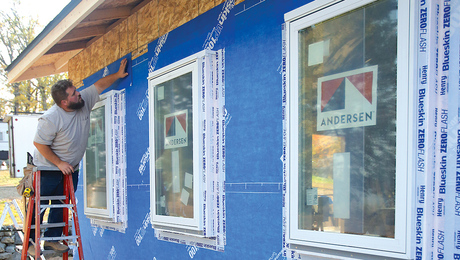
Getting the details right for a wall assembly with the control layers to the exterior and lots of drying potential.
Featured Video
Builder’s Advocate: An Interview With ViewrailHighlights
Fine Homebuilding Magazine
- Home Group
- Antique Trader
- Arts & Crafts Homes
- Bank Note Reporter
- Cabin Life
- Cuisine at Home
- Fine Gardening
- Fine Woodworking
- Green Building Advisor
- Garden Gate
- Horticulture
- Keep Craft Alive
- Log Home Living
- Military Trader/Vehicles
- Numismatic News
- Numismaster
- Old Cars Weekly
- Old House Journal
- Period Homes
- Popular Woodworking
- Script
- ShopNotes
- Sports Collectors Digest
- Threads
- Timber Home Living
- Traditional Building
- Woodsmith
- World Coin News
- Writer's Digest
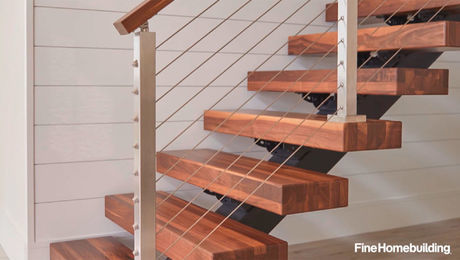
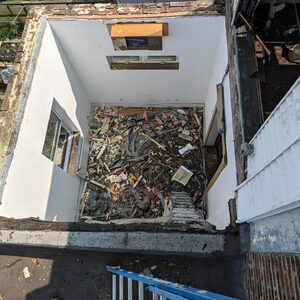
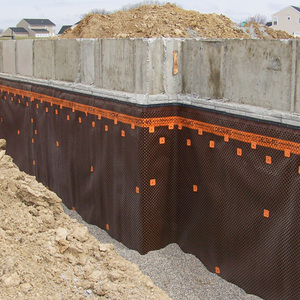
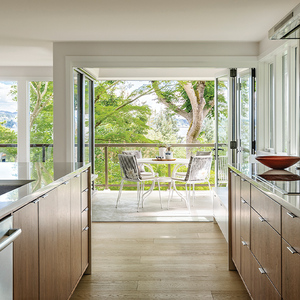
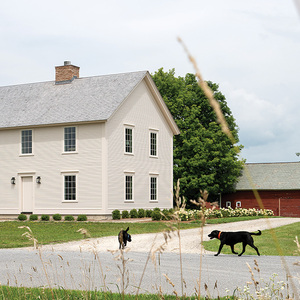













Replies
Sounds like what I call crazing, a term borrowed from fiberglass boat industry. If it's what I think it is, it'stypically caused by excessive substrate movement, or too thick film build on finish. Saw some cabinetry exposed to high heat do it, but can't say that was a direct cause.
The bad news? It's pretty permanent. May be able to disguise it somewhat, but the cure would be removal.
PJ
Everything will be okay in the end. If it's not okay, it's not the end.
Pre-cat lacquer is a fairly hard self-catalyzing finish as opposed to a solvent or water based lacquer that needs to dry by the solvent evaporating. You can refinish the doors, providing they havn't been stained under the finish, which may be difficult to match. Sanding is really no problem, just don't use a random-orbit as it removes material too fast. A good 1/4-sheet sander using 220 to get most of the finish off, then 320 for the final. If you don't have a gun, you can probably take it to a finisher that will shoot it for very little, or you can buy some Deft in spray cans and do it that way. 3 coats minimum, and it's not as tough as the pre-cat, but it has the same "amber" color. Try it on the inside of one of the doors so if you don't like it, no big deal.
What's the cause of this "crazing" of the finish?
I really don't know. Could be several reasons. Go to http://www.homesteadfinishing.com and ask Jeff Jewitt. If he can't tell you, nobody can.